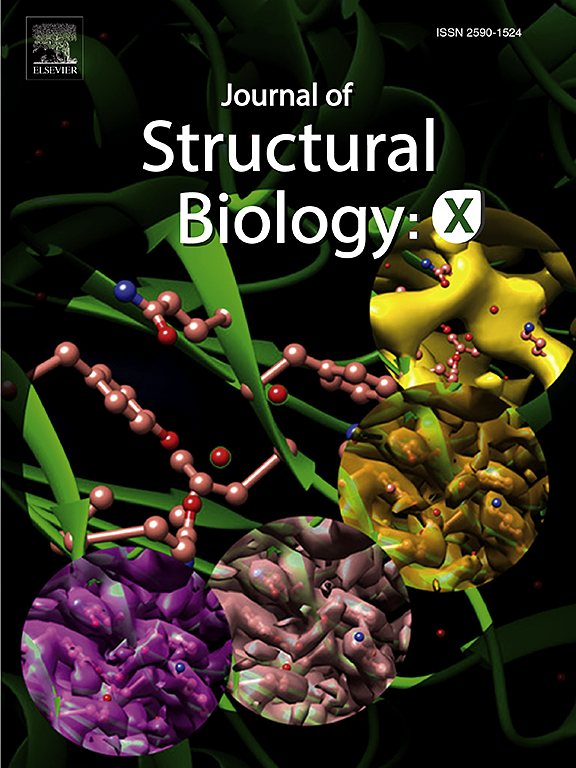DMP1 介导的 GRP78 激活在牙周韧带干细胞骨免疫调节中的作用
IF 2.7
3区 生物学
Q3 BIOCHEMISTRY & MOLECULAR BIOLOGY
引用次数: 0
摘要
引起牙周病的口腔微生物群失调会导致各种信号通路的破坏,从而导致牙槽骨退化和随后的牙齿脱落。以往的研究表明,干细胞疗法在牙周再生以保护天然牙齿方面具有潜力。牙周韧带干细胞(PDLSCs)具有成骨细胞分化潜能,而且接近牙槽骨,是再生疗法的理想候选者。牙本质基质蛋白1(Dentin matrix protein 1,DMP1)是一种非胶原性细胞外基质蛋白,具有双重作用,既是羟磷灰石沉积的细胞外介质,又是成骨细胞生成的细胞内调节剂,是矿化组织形成不可或缺的成分。热休克蛋白 5A (GRP78) 是内质网应激反应的主调节因子,我们实验室以前的研究也证明了它作为 DMP1 膜受体的功能。我们对使用或不使用 DMP1 处理的 PDLSCs 和过表达 GRP78 的 PDLSCs(PDLSCs GRP78)进行了大量 RNA 测序分析,以评估差异表达基因谱的变化。本研究旨在阐明 DMP1 处理后 PDLSCs 中发生改变的通路,从而进一步确定其与 GRP78 和细胞应激信号级联的关系。对每个转录组图谱进行的通路富集分析表明,DMP1刺激后,成骨和免疫反应通路发生了富集。这项研究的结果表明,DMP1 和 GRP78 在调节 PDLSCs 的免疫信号级联方面发挥了新的作用。本文章由计算机程序翻译,如有差异,请以英文原文为准。
Role of DMP1-mediated GRP78 activation in osteoimmunomodulation of periodontal ligament stem cells
The oral microbiome dysbiosis that causes periodontal disease leads to disruption of various signaling pathways that can result in alveolar bone degradation and subsequent tooth loss. Previous studies have demonstrated the potential of stem cell-based therapies in regeneration of the lost periodontium for the preservation of natural dentition. Periodontal ligament stem cells (PDLSCs) have osteoblast differentiation potential and their proximity to bone makes them an ideal candidate for regenerative therapies. Dentin matrix protein 1 (DMP1), a non-collagenous extracellular matrix protein, is integral to mineralized tissue formation due to its dual roles as an extracellular mediator of hydroxyapatite deposition and intracellular regulator of osteoblastogenesis. Heat shock protein 5A (GRP78) is a master regulator of the endoplasmic reticulum stress response and previous studies in our laboratory have also demonstrated its function as a membrane receptor for DMP1. Bulk RNA sequencing analysis of PDLSCs and PDLSCs overexpressing GRP78 (PDLSCs GRP78) with or without treatment with DMP1 was conducted to evaluate alterations to the differentially expressed gene profiles. This study aims to elucidate pathways in PDLSCs that are altered upon treatment with DMP1 to further characterize its relationship with GRP78 and cell stress signaling cascades. Pathway enrichment analysis of each transcriptomic profile demonstrated enrichment of osteogenic and immune response pathways upon DMP1 stimulation. Results from this study indicate a novel role for DMP1 and GRP78 in modulating immune signaling cascades in PDLSCs.
求助全文
通过发布文献求助,成功后即可免费获取论文全文。
去求助
来源期刊

Journal of structural biology
生物-生化与分子生物学
CiteScore
6.30
自引率
3.30%
发文量
88
审稿时长
65 days
期刊介绍:
Journal of Structural Biology (JSB) has an open access mirror journal, the Journal of Structural Biology: X (JSBX), sharing the same aims and scope, editorial team, submission system and rigorous peer review. Since both journals share the same editorial system, you may submit your manuscript via either journal homepage. You will be prompted during submission (and revision) to choose in which to publish your article. The editors and reviewers are not aware of the choice you made until the article has been published online. JSB and JSBX publish papers dealing with the structural analysis of living material at every level of organization by all methods that lead to an understanding of biological function in terms of molecular and supermolecular structure.
Techniques covered include:
• Light microscopy including confocal microscopy
• All types of electron microscopy
• X-ray diffraction
• Nuclear magnetic resonance
• Scanning force microscopy, scanning probe microscopy, and tunneling microscopy
• Digital image processing
• Computational insights into structure
 求助内容:
求助内容: 应助结果提醒方式:
应助结果提醒方式:


